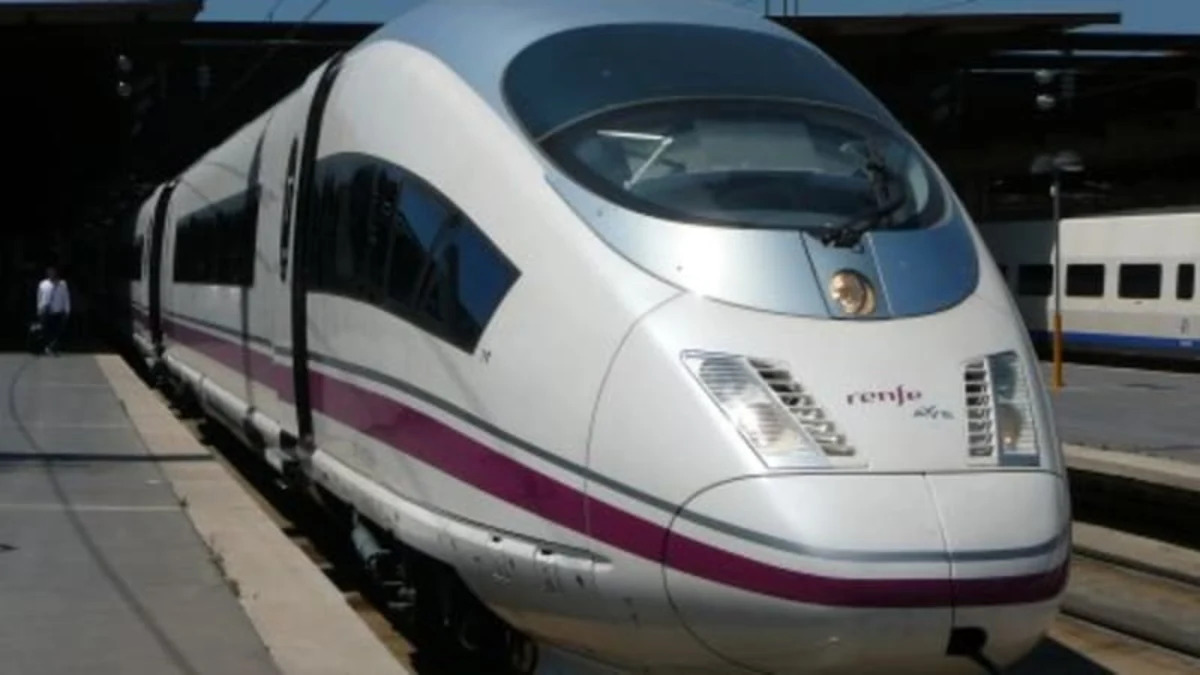Despite what some people claimed (and fueled a polemic here at ABG), a study published recently shows that High Speed Trains are more efficient than planes, in terms of CO2 production at least. Their impact on the land might be a different story.
The statement was made by the former President of GIF (Gestor de Infrastructuras Ferroviarias, or the Spanish Rail Network) who said that a passenger that travels from Madrid to Seville on the AVE (the Spanish High-Speed Train system) emits 9 kg of CO2 compared to the 60 kg produced when making the same trip on a plane. For your calculations, it's about 450 km (300 miles). The study was signed by Alberto García Álvarez and published in a specialist magazine called "Anales de Mecánica y Electricidad". For the almost-finished Madrid to Barcelona line (about 650 km, or 430 miles), the difference is 14 kg for the AVE and 70 kg for the plane (this route is claimed to be the busiest air connection in the world).
What's even more interesting is that this route is almost as efficient as conventional trains and coach buses. Conventional train between Madrid and Seville produces 12.7 kg, the same trip on a coach emits 14.5 kg and a private car 54 kg, whereas the figures for the Madrid to Barcelona route are 17.1, 13.9 and 63 kg respectively.
However, the study had some other interesting points, which I'll get into after the break.
[Source: Energías Renovables]
[Edited: Thanks to Chris for the correction]
First of all, some considerations need to be made: High Speed Trains usually run on specific tracks which need to be more "straight" than conventional train, thus reducing distances (this is very evident in the Madrid to Sevilla route). Then we have to take into account that while conventional trains run on DC, High Speed Trains run on AC, which is more efficient. What's even more, when braking, these trains can give back part of this energy to the electric network. The fast trains also carry more passengers, which distributes the CO2 impact better among all users.
The Spanish Association of Car Manufacturers (ANFAC) claimed that the CO2 figures for private cars were exaggerated and stated that bigger benefits would be obtained if biofuels were considered in the equation. The Spanish section of WWF/Adena also agreed with this report and stated that despite the higher electricity consumption, HSTs carry more people. What WWF/Adena considers is that High Speed Train lines should be only built between large cities but not across the whole country and called for more investment in conventional and commuter trains, as well as making the rail freight services adequate (there is a great deficit in Spain)
The picture above is one of the units that will serve the Madrid to Barcelona route, reaching speeds of 350 km/h (200 mph). This speed promises to keep link the two cities in 2h 35 min. The route was scheduled to be open next weekend, but some incidents that affected the commuter train lines and a subway line during the final bit of construction have postponed the opening until further notice.


Sign in to post
Please sign in to leave a comment.
Continue